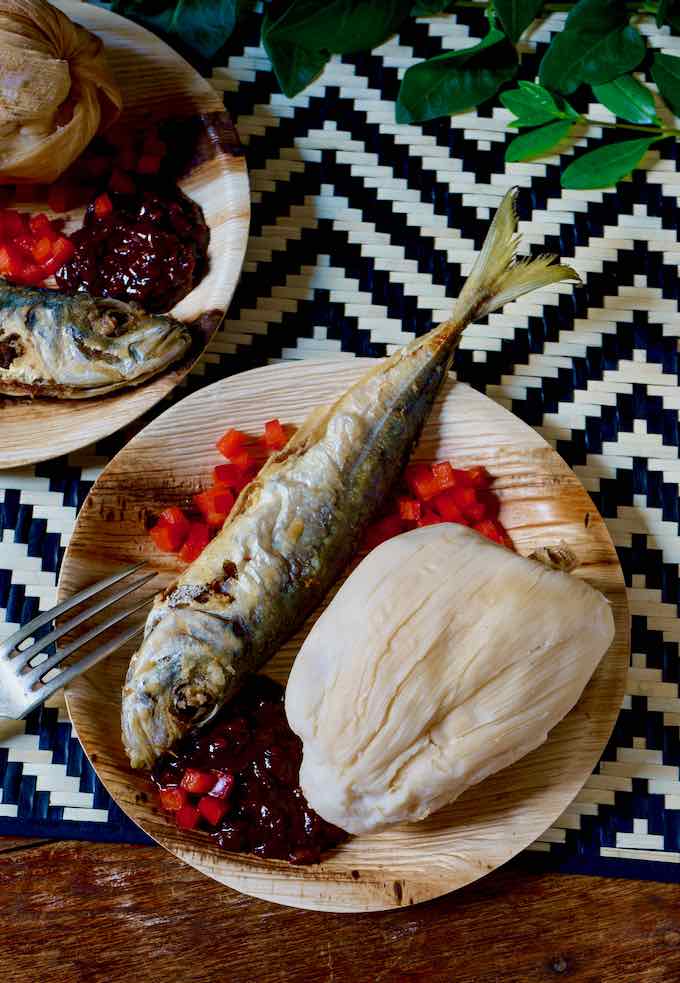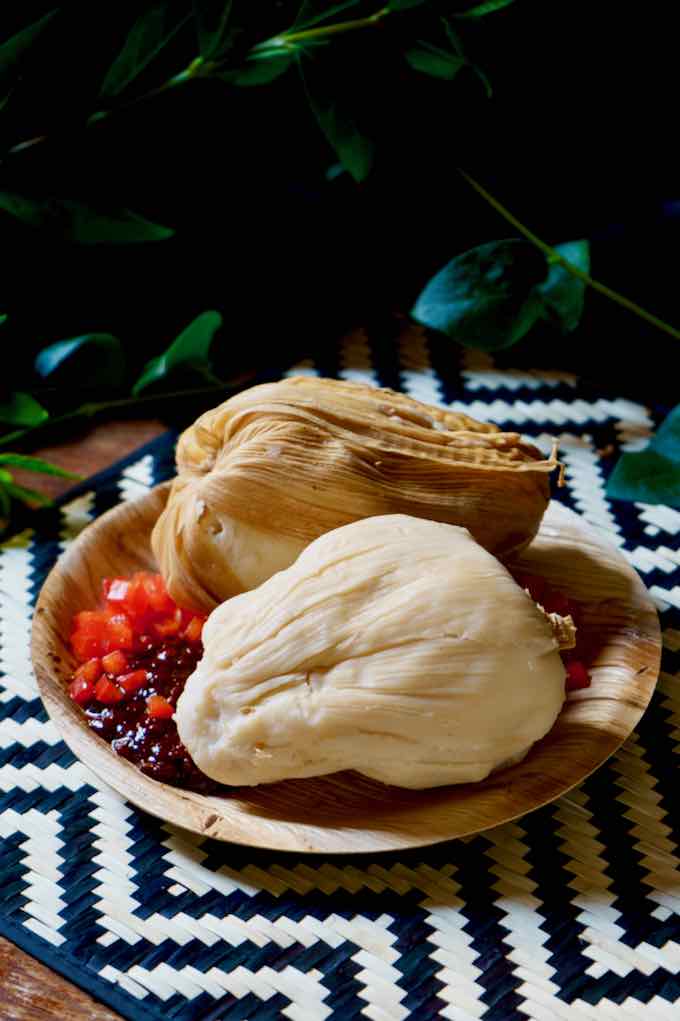[dropcap custom_class=”normal”] Hello beautiful people, let’s take our taste buds on a food trip to Libya today. Who else loves trying new recipes? The recipe we would be looking at is called Asida.
Asida is a traditional dish in Libya popularly served during certain celebrations such as Eid (a celebration that makes the end of Ramadan), births etc. It is also referred to as the Arabic boiled flour pudding
It is a boiled flour pudding cooked directly in water. The flour is made of wheat or whole-meal flour dough cooked in water. Let’s see the procedure of preparing this here… [/dropcap]
Continue reading
Health Benefits of Hibiscus drink (zobo)
[dropcap custom_class=”normal”] The hibiscus drink has awesome and unbelievable benefits. Hibiscus plants grow in warm and tropical areas and are renowned for their trumpet like flowers. When dried, certain parts of the plant can be used to make beverages that can either be drank warm or cold. [/dropcap]
Continue reading
Nigerian Moi Moi And Pap Recipe
[dropcap custom_class=”normal”] Moi moi and Pap is a Nigerian staple food, commonly eaten on Saturdays in many Nigerian homes. Moi moi is a delicious recipe that is highly rich in protein and other essential nutrients while pap on the other is a rich source of carbohydrate. I love eating moi moi and pap on Saturdays because I consider it as a sleeping medicine (lol). It makes you sleep off all the stress that you had gone through during work days.[/dropcap]Continue reading
How To Cook Oha / Ora Nigerian Soup
[dropcap custom_class=”normal”]Oha soup is a delicacy from South Eastern Nigeria. It is similar to the bitterleaf soup but cooked with Ora leaves instead. This soup is special because the ora leaves used in preparing this soup recipe are seasonal unlike bitterleaf which can be found all year round. [/dropcap]Continue reading
Ghanaian Staple Food: Kenkey With Fresh Fish
Fishing is also a major part of the Ghana economy, as a result, many Ghanaian dishes are based on fish. Local plants based food as such as coconut, plantains and many more are also highly prized and used in the country’s cuisines. Chillies are also an important component of Ghanaian cuisine and provides significant vitamin C in the diet. Another feature of Ghanaian cookery is the use of boiled eggs as a garnish.
Here are is a classic Ghanaian dishes for your enjoyment:
Ghanaian Kenkey with Fresh Fish Stew.
Ingredients
450g fresh fish (any firm white fish)
4 hot chillies (eg Scotch Bonnet) pounded to a paste
2 tbsp tomato puree
3 tbsp ground, dried, shrimp
4 medium onions, finely sliced
4 fresh tomatoes, chopped and pounded to a paste
6 tbsp Kpakpo Shito
300ml water
150ml red palm oil
1 garlic clove, pounded to a paste
1 tbsp freshly-grated ginger
salt, to taste
Method:
Clean the fish, remove the gills and cut into steaks. Wash the flesh with lime, lemon or vinegar then rinse in water and marinate in the garlic, ginger, chillies and salt. Set aside for 30 minutes before continuing.
Heat a little oil in a pan and fry the onions and tomatoes for a few minutes. Add the ground shrimps and tomato puree and allow to simmer for about 10 minutes, or until cooked. Add the water and the marinated fish (along with any remaining marinade) and simmer gently for about 25 minutes, or until the fish is cooked. Serve hot on a bed of rice or with boiled yams or plantains.
Kenkey

Kenkey (also known as Dokonu or Komi) is one of the staple foods consumed in Ghana. It’s a steamed dough ball made from fermented corn (maize) and usually wrapped in corn shell..
Ingredients:
2kg maize flour (eg cornflour or cornmeal) and white cornmeal is preferred
Method:
To prepare Kenkey from scratch the maize flour first has to be fermented. It’s mixed with just enough warm water to wet it before being allowed to ferment (covered with a clean cloth) for two to three days to form maize dough. It has slightly sour aroma when properly fermented.
The resultant dough is kneaded with the hands until it is thoroughly mixed and has stiffened slightly. At this point it’s divided into two equal portions. Half the fermented dough is placed in a large pot along with 250ml water where it’s partially cooked for about 10 minutes, stirring constantly and vigorously (at which point it’s called aflata). At this point the uncooked half of the dough is added and mixed-in well. The resultant aflate–dough mixture is divided and shaped into serving-sized pieces before being wrapped tightly in banana leaves, cornhusks, greaseprof paper or foil. The wrapped dough is then placed on a wire rack above a pot of boiling water and are steamed for between 1 and 3 hours.
The final dough balls are the kenkey and are typically served with a sauce (typically a hot sauce) such as Palaver Sauce or any meat or fish dish.
Mmmm, enjoy a little flavour of the recipesfromGhana!
Source: http://www.streetdirectory.com/
Cooking The Nigerian Ogbonu Soup
[dropcap custom_class=”normal”] Here you’ll find cooking tips, hints, and suggestions to make life easier in the kitchen. Check out the cooker tips and tricks that we’ve collected. Plus, you will find in-depth how-to articles, and more! Today we will be talking about how to prepare delicious Ogbonu soup. [/dropcap]
Nigeria: Home Away From Home by Brian Botts
[dropcap custom_class=”normal”]I’m an American and I love the United States of America. I’m proud of where I was born and raised. But this post isn’t going to be about that. I’ve been fortunate enough to travel to many places throughout the world. I have fond memories of so many people I’ve met and so many instances I’ve been a part of.[/dropcap]
Nigeria isn’t just a place I’ve traveled to. This has become a home away from home to me. I lived there off and on for many years and it is a Country that I not only care about, but a place where I want to see it’s potential reached. And I have committed myself to being a part of that solution in the years to come. Continue reading



